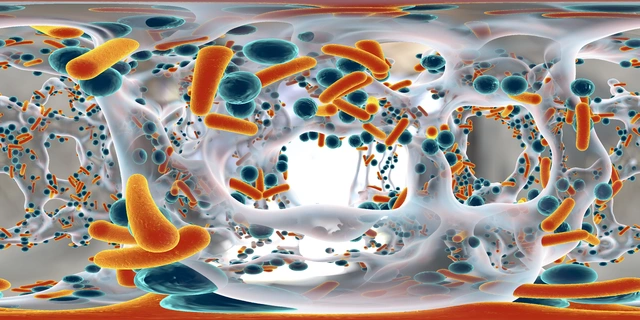Contrast-Induced Kidney Injury: What It Is, Who It Affects, and How to Prevent It
When you get a CT scan or angiogram, the contrast dye, a special fluid used to make blood vessels and organs show up clearer on imaging scans. Also known as iodinated contrast, it helps doctors see problems you can’t feel—but for some people, it can harm the kidneys. This harm is called contrast-induced kidney injury, a sudden drop in kidney function after receiving contrast dye during medical imaging. It’s not common, but when it happens, it can delay treatment, extend hospital stays, and sometimes lead to longer-term kidney issues.
Who’s most at risk? People with existing kidney problems, especially those with chronic kidney disease, a condition where the kidneys slowly lose function over time. Older adults, diabetics, and those taking certain medications like NSAIDs or diuretics are also more vulnerable. If you’ve had this issue before, your doctor should know. It’s not something you can predict on your own—but it’s something your care team can plan for.
Here’s the good news: most cases are mild and reversible. The key is prevention. Drinking enough water before and after the scan, holding off on certain meds temporarily, and choosing lower-risk contrast agents when possible can make a big difference. Some hospitals even use special protocols for high-risk patients—like giving IV fluids or using a different type of dye altogether.
You won’t feel symptoms right away. No pain, no fever. That’s why doctors check your kidney function with a simple blood test before and after the scan. If your creatinine levels rise by 0.3 or more within 48 hours, that’s a red flag. It doesn’t mean you’re in danger forever, but it does mean you need monitoring.
Below, you’ll find real-world advice from posts that break down how contrast affects the body, which patients need extra care, what medications to avoid, and how to talk to your doctor about your risks. No fluff. No guesswork. Just clear, practical info from people who’ve been there.





